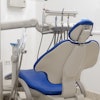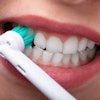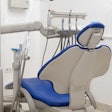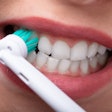New Jersey Gov. Chris Christie has vetoed S2317, a bill that would have established an oral health center at the University of Medicine and Dentistry New Jersey, according to a story in the Star-Ledger.
"While I remain committed to expanding access to oral health services for all New Jerseyans, and would reconsider a new bill at the appropriate time, the ideas proposed by the Higher Education Task Force should be considered without the additional changes to the structure of higher education," Gov. Christie wrote in his veto.
The bill, which was introduced September 30, 2010, unanimously passed both houses of the Legislature on December 13.
Copyright © 2011 DrBicuspid.com















